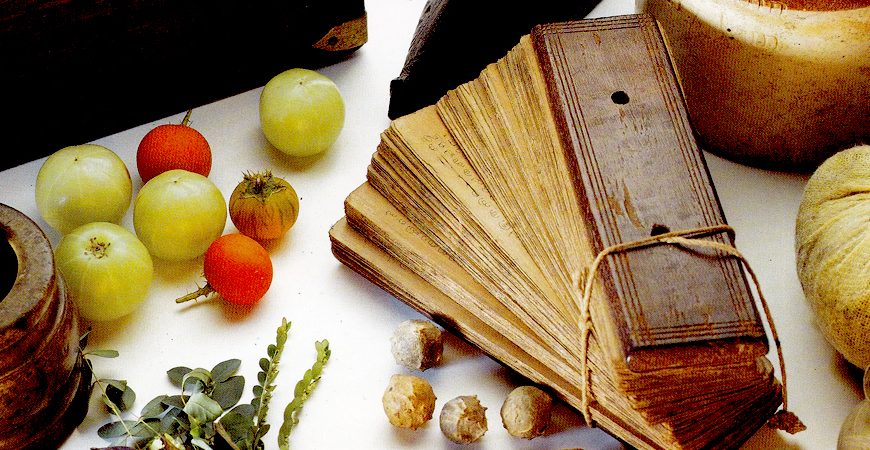Practitioners of Siddha medicine are known as siddhars. According to Tamil tradition, there initially were 18 siddhars; these individuals often are portrayed as having received their knowledge of the Siddha system indirectly from the deity Shiva.
Siddhars possessed ashtama siddhi, the eight great supernatural powers. These powers may have been attained at birth (because of one’s previous karma), by chemical means, by the power of words, or through concentration. Meditation on the elements, beginning with the “gross” and ending with the “subtle,” enabled the siddhars to gain mastery over the elements. Many of the ancient philosophical tenets of the Siddha system continue to be relevant to modern practitioners.
The five elements
According to the Siddha system, there are five elements that exist in nature: earth, water, fire, air, and ether, all of which form the original basis of all corporeal things. It is believed that there is an intimate connection between the macrocosm of the external world and the microcosm of the corporeal being. Three of the elements—air, fire, and water—are emphasized in Siddha medicine because they are believed to form the three fundamental components that make up the human constitution. These three components—vata, pitta, and kapha (representing air, fire, and water, respectively)—are known as humours, and their inharmonious interaction produces various pathological states.
According to the theories of humoral pathology, all diseases are caused by the discordant mixture of vata, pitta, and kapha. Their proportions in the body govern a person’s physical and mental disposition. The elements form the connecting link between the microcosm (the human) and the macrocosm (the world). Thus, the external air corresponds to the internal vata, the external heat corresponds to the internal pitta, and the external water corresponds to the internal kapha. Under normal circumstances, according to Siddha theory, vata occupies regions related to the pelvis and the rectum, pitta occupies regions related to the stomach and the viscera, and kapha occupies regions related to breath, the throat, and the head.
Siddhars believed vata to be self-originated and identical to divine energy. Imbalance of vata could be the root cause of all disease. Pitta was believed to represent all the characteristics of fire, such as burning, boiling, heating, and similar sensations. It was the name given to the heat contained in the liquid bile, which causes the expulsion of waste matter in the form of urine and feces, and it was believed to give sight to the eyes, beauty to the skin, and cheerfulness to the mind. Kapha was believed to supply moisture to the body and to give stability, adding to the strength of the body by increasing the firmness of the limbs and thereby keeping them in harmony with one another. It was also thought to aid in digestion and sensation, such as by imparting taste to the tongue.
The presence and proportion of these humours within the system is indicated by the pulse, which is vital to correct diagnosis.

